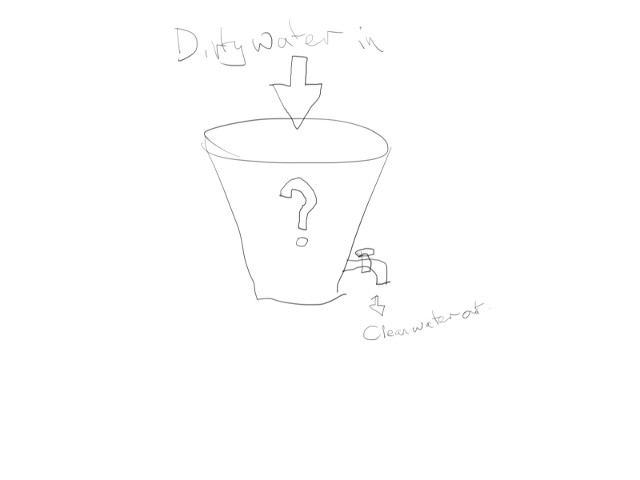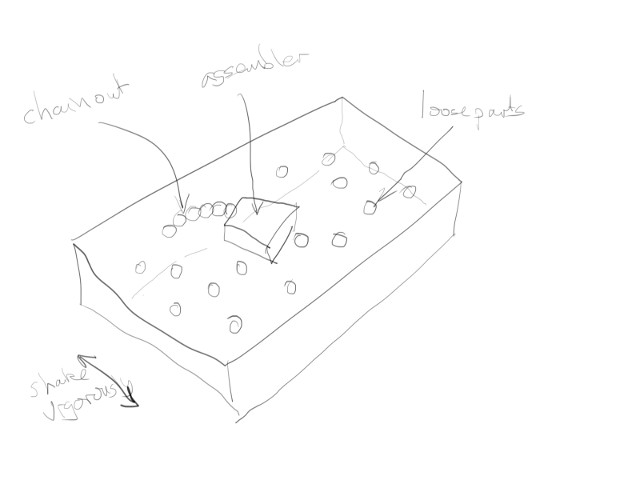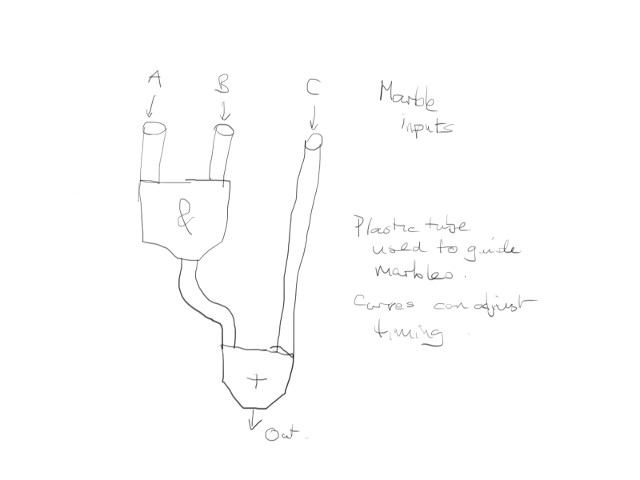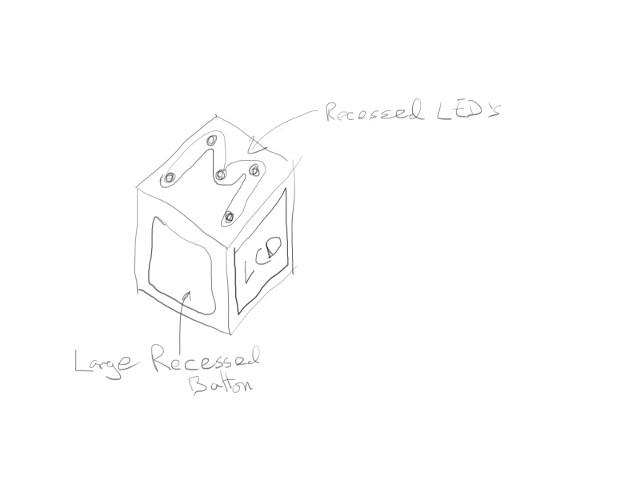 Fletch's Fab Academy 2014 Blog
Fletch's Fab Academy 2014 Blog Fletch's Fab Academy 2014 Blog
Fletch's Fab Academy 2014 BlogThis week we had an excellent talk about the genesis of the
FabLab concept. We also discussed the concepts of source
control and project management and were given our first weekly
assignment, which is two fold:
This week I've spent quite a bit of time looking at different CMS
systems and HTML editors. The choice is quite large so
initially I've decided to keep my blog as plain HTML. I've
also been experimenting with a new drawing package and graphics
tablet, so the concept sketches are quite 'raw' at the
moment. It may be better to photograph hand drawn sketches
in future.
ToDo: Find an HTML5 compliant toolkit, template or CMS system to
keep current content and 'prettify' my blog.
I have a number of ideas for possible final projects, some are
quite cool frivolities, some are more focused on improving the
world. All of these iseas are fairly rough right now and one
will need to be chosen and considerably developed over the next
few weeks to make it viable.
Clean drinking water is a problem in many parts of the
world. There are already quite a few solutions to this,
however many require quite high tech materials or manufacturing
processes. So partly inspired by Ferdinand
Meier's Fab Academy 2013 project and partly by the Oxfam
Water Appeal, I'd like to design a water purification device
that can be made with only the machines / materials available in a
FabLab.
Prior Art: Oko Filter Bottle,
Lifesaver
Bottle

Considerations: Power source, tabletop or portable, how to
test water quality. Purification method - Evaporative
Distillation, Filtration, Electrolysis and recombination, Chemical
treatment.
Inspired by the way ribosomes assemble amino acids into unfolded protein chains I'd like to build a self assembling chain system. I envisage a tray of many identical loose 'chain' components and one 'assembler'. The tray would be shaken vigorously back and forth causing the assembler to bounce into chain components, collecting them and hooking them onto it's growing chain.
Prior Art: Unsure of any.

The assembler would contain a mechanism a bit like an clock
escapement that hook onto new parts and only allow them to feed
through in one direction. The only power input would be the
shaking of the tray.
Considerations: It would be hard to get the individual
components to latch into the assembler reliably.
This concept could be evolved by having a variety of different
'chain' components and creating a chain with a given pattern by
feeding another already existing chain through the assembler
(think tRNA).
It could be further evolved by making the loose components
fragments of electronic circuits with connectors at the joins and
using the system to build linear electronic circuits.
Logic gates activated by rolling marbles. Gates would be
combined into a useful computing fragment, maybe a counter, maybe
a clock. Input devices could be a simple pulse generator
that drops a marble in at regular intervals. Output devices
could be coloured discs flipped up by passing marbles or marbles
stacking in tubes or wells. This could become quite a large
art installation.
Prior Art: Youtube Marble
Gates, Marble
Adder

Considerations: How to adjust the timing. Do you need
to clock the system in some way or does it run asynchronously
relying on marbles arriving at gates on time? In an idea
world the only power source would be gravity feed marbles, however
electro-magnets could be used to hold ball bearings in gates.
A series of approx 50mm interactive childrens stacking blocks. Each of the 6 faces would have an an output device ranging from a single LED or buzzer, multiple LEDS or a LCD display. Faces would also have a system that allowed the cubes to communicate, maybe magnatised contacts, maybe infer-red. Many simple games could then be developed to play on the cubes.
Prior Art: MIT
Sifteo Cubes,

Considerations:
Human Input Devices: Buttons on cubes. Light sensors
Human Output Devices: Single RGB LED, Multiple LED's in the shape
of an alpha character or simple symbol, Buzzer, LCD display.
Inter Cube Communications Options: external metal contacts, IR, ISM radio
Communications with PC to upload game logic: USB, RS232, via a
special cube?
An 8x8x8 grid of RGB LED's that can be used to display fun
images or for ambient lighting. Cubes like this are
available off the shelf but are quite expensive. They are
also a fairly common 'maker' project, however they are time
consuming to make and difficult to construct accurately enough to
look good. The challenge would be to come up with a simple
reliable method to make them rapidly.
Prior Art: Hack
a Day, Instructables

Considerations: What would the controller be?
(Arduino, RaspPi, Custom) What would you display?
(Sound to light, games, 3d tetris)
Not sure what yet but my idea would be to explore my creative
side and create something with no purpose except visual
pleasure! A piece of wood and metal sculpture.